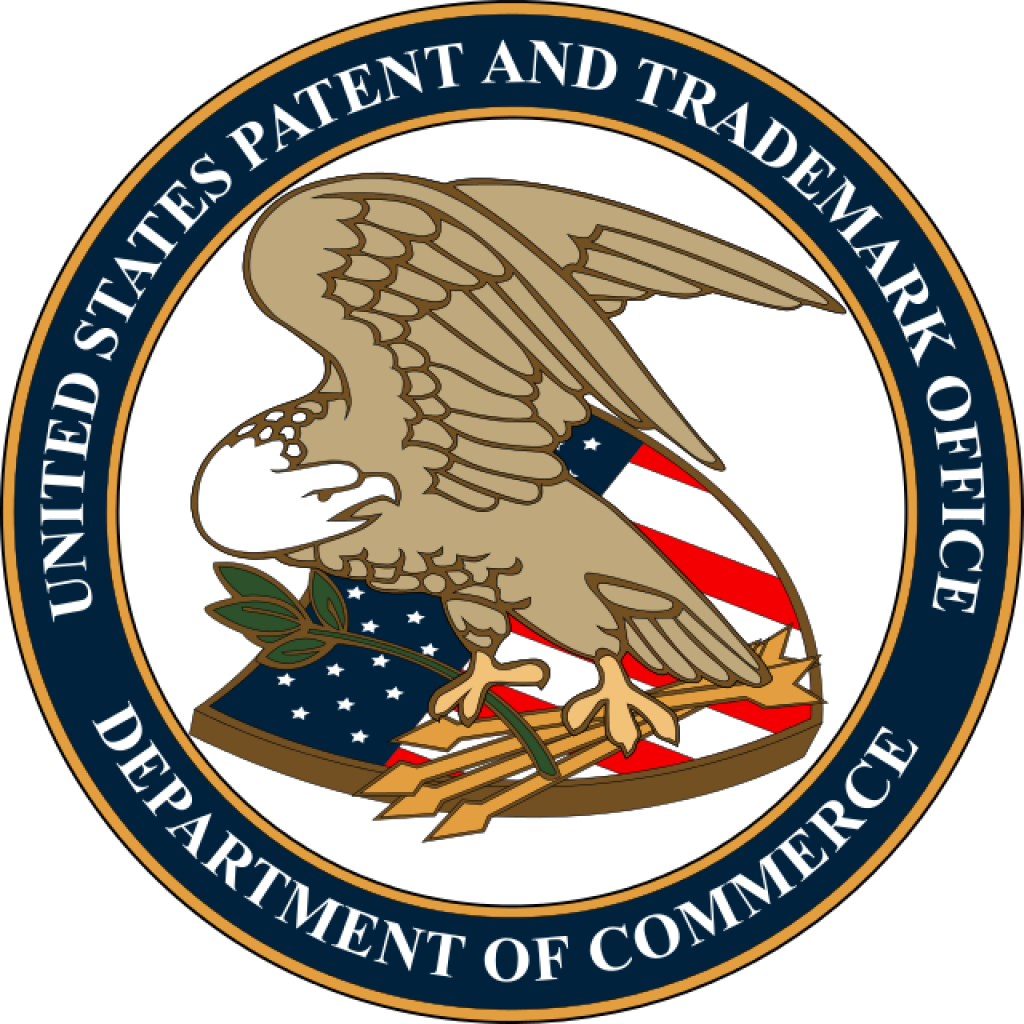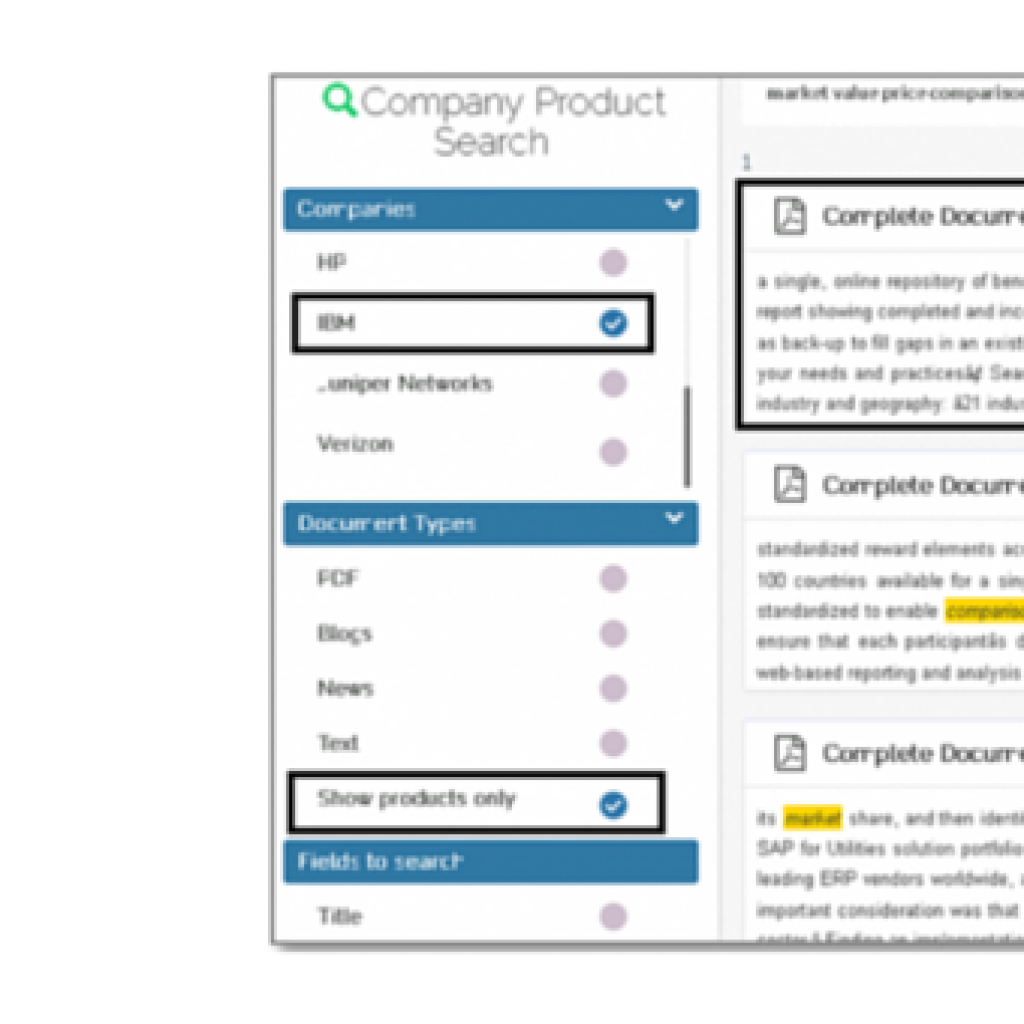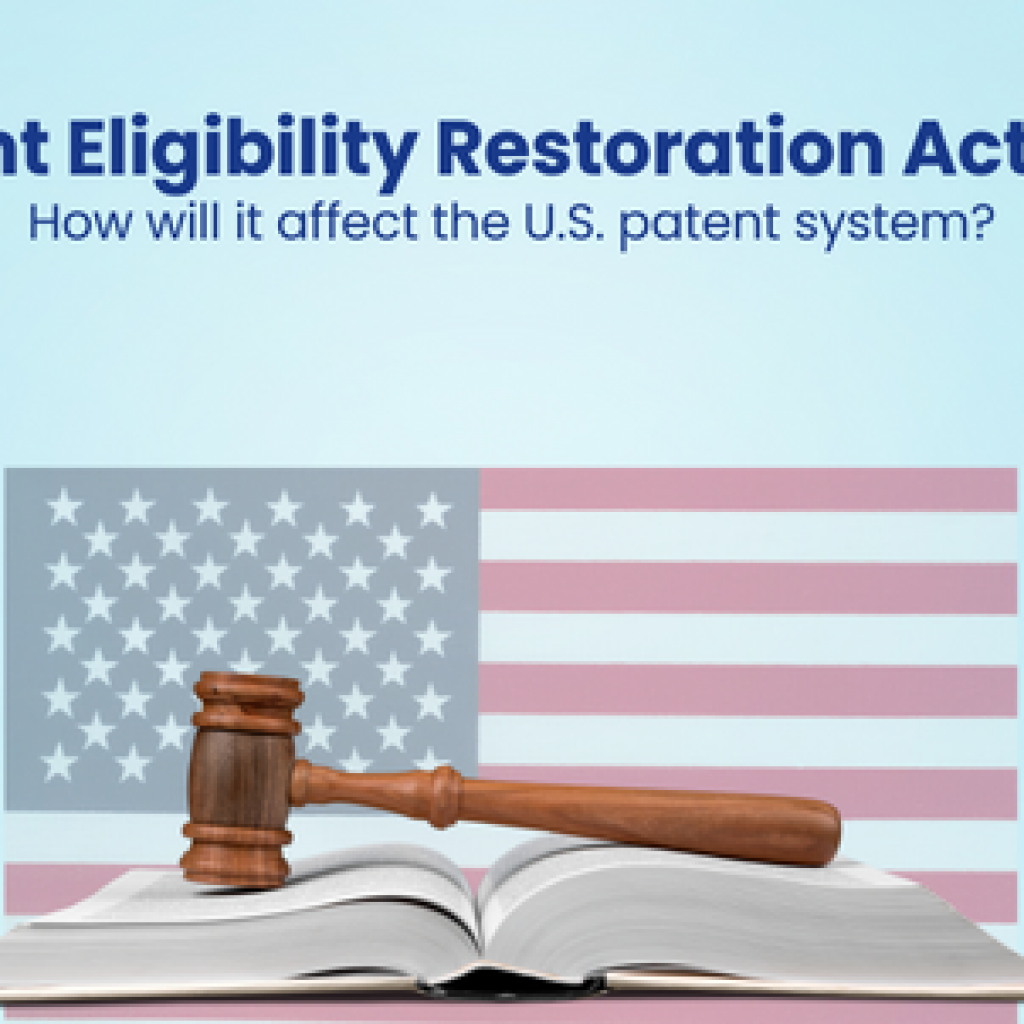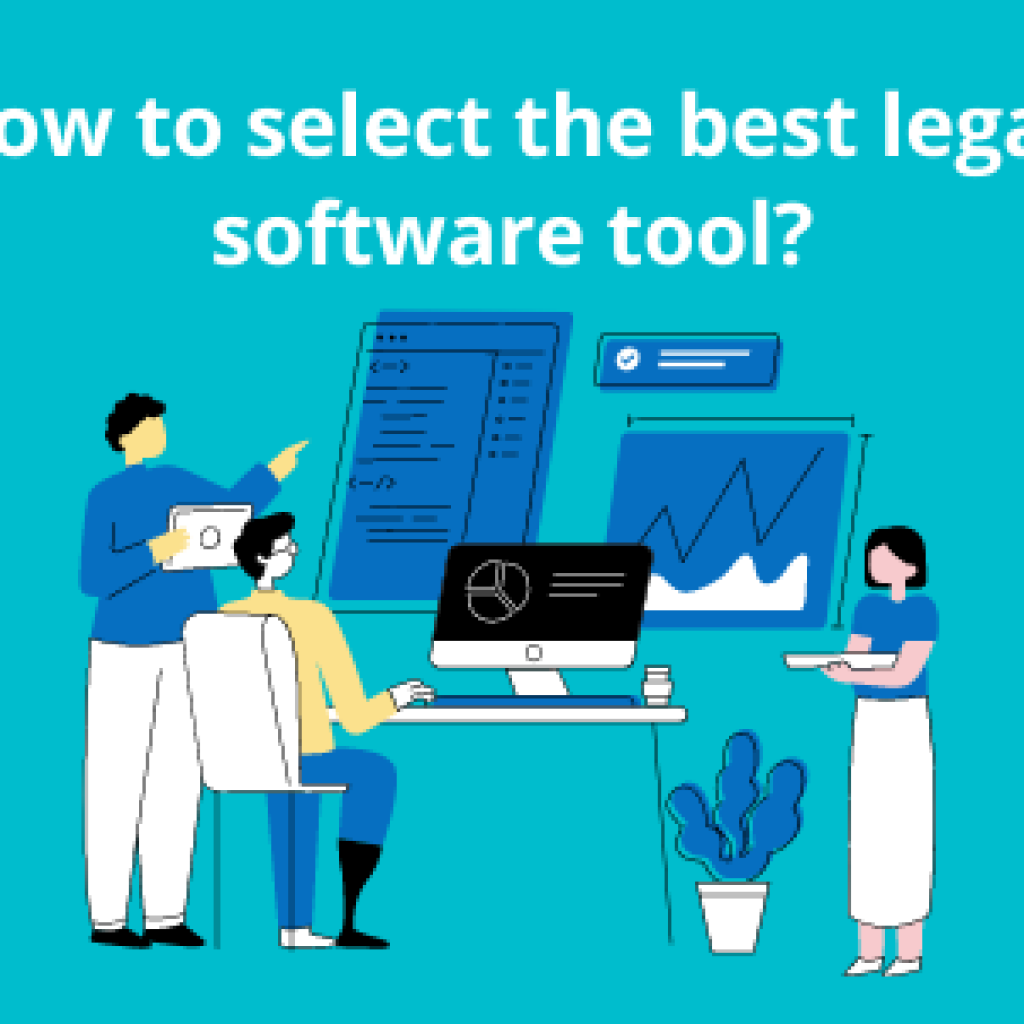Acquiring multiple patents over time will result in a portfolio that may or may not align with a company’s objectives, values, and goals. Therefore, to ensure a stronger and more relevant portfolio, it’s important to conduct a successful patent portfolio valuation, which involves a crucial step called relevancy checking.
The primary objective of relevancy checking is to verify the accuracy and legitimacy of the patents associated with a company or its subsidiaries. This report covers five such factors that must be considered during the relevancy check to save money and time spent on maintaining low-value patents.
How is a relevancy check initiated during the patent portfolio valuation?
The process commences with the extraction of information about the company’s subsidiaries. After finalizing the list of subsidiaries, a string is created using their names, which becomes crucial in searching patent databases. This search enables the retrieval of relevant patents associated with the selected entities.
For instance, when performing a patent portfolio valuation for Apple, the names of Apple’s subsidiaries are used to create a string. The strings are then searched in databases to retrieve a set of patents linked to both the subsidiaries and the overarching company.
However, the retrieved patent set must undergo thorough 5 relevancy check parameters to confirm whether each patent in the set is genuinely related to the targeted company or its subsidiaries and ensure the final portfolio’s accuracy.
1. Define the strategic objectives:
The first step in relevancy checking is defining the company’s strategic objectives. This involves understanding what the company aims to achieve long-term and how its intellectual property aligns with these goals.
Criticality of this step: Aligning the patent portfolio with the company’s strategic goals is vital for maintaining its relevance and value. Patents not aligning with the current business direction will drain resources, especially when paying unwanted maintenance fees.
Implementation: First, understand the company’s strategic goals, such as Apple’s focus on technology and innovation, and differentiate it from unrelated companies with similar names (e.g., Apple Distribution Limited in the cigarette industry). This involves analyzing company reports, market trends, and industry focus. The next step is to create relevancy criteria based on these objectives to filter out patents unrelated to the company’s core business.
2. Being well-versed in the company’s core domain:
In-depth knowledge of the company’s core domain is essential for effective patent portfolio evaluation. This means understanding the company’s key areas of operation and innovation.
Criticality: In-depth knowledge about the company’s core technologies, products, and services is essential to distinguish relevant patents from those no longer pertinent.
Implementation: Understanding the products, services, and technology of the company. For example, distinguishing between companies like TONIC SYSTEMS PVT LIMITED and others with similar names but different domains. This requires reviewing the company’s official website, products, and services and comparing logos and other branding elements to ensure the patents are associated with the correct company.
Relevant Logo: Irrelevant Logo:
3. Verifying the ownership:
Verifying the accuracy of patent assignee names with respect to the spellings is a critical aspect of relevancy checking to ensure that patents are correctly attributed to their rightful owners.
Criticality: Spelling errors in assignee names can lead to incorrect or incomplete patent retrieval, which can have a direct impact on the accuracy of the portfolio. Eventually, it has a negative impact on portfolio evaluation, process improvement, and decision-making.
Implementation: To avoid any errors related to ownership, it is important to verify the names of patent assignees meticulously. This involves cross-checking patent data with official company records, such as incorporation documents and trademark registrations. Also, be aware of common spelling variations and potential errors that could lead to misidentification.
For example, APPLE has been misspelled as AOPLE. In this situation, we must carefully review cases with spelling mistakes in the Assignee’s name before marking them as Relevant.
4. Loss of entity recognition:
Translations and variations in company names can create challenges in recognizing the true owners of patents, especially in a global context. When assignee names are translated, the original entity may not be immediately recognizable in the translated version. This can lead to confusion and difficulty in identifying relevant patents owned by the same entity.
Criticality: Translations or variations in company names can cause misidentification of relevant patents, leading to an incomplete or inaccurate portfolio.
Implementation: Be aware of translation issues that could lead to misidentification, such as the “Loc & All” to “Rock & All” example. This requires using translation tools or language experts to interpret assignee names correctly. Also, maintain a database of original and translated entity names to avoid confusion in patent ownership.
5. Review the existing patents:
In the fast-paced world of technology and innovation, staying relevant is paramount.
Criticality: Technologies and market demands evolve rapidly, making it necessary to continuously reassess the portfolio to discard obsolete patents and add new, relevant ones.
Implementation: Regular reviews of the patent portfolio are necessary to identify patents that are no longer relevant. Researchers should examine each patent in the context of the company’s current business and technology focus. For instance, patents belonging to entities no longer part of the company, like Terra Bella Technologies Inc., should be identified and assessed for their current relevance and potential action, such as divestiture or licensing.
For example, in 2017, Google sold Terra Bella Technologies Inc., which it had acquired initially, to Planet Labs. Therefore, Terra Bella’s IP became irrelevant to Google’s patent portfolio. Reviewing such companies will better understand which patents are no longer related to the company and help build a more up-to-date portfolio.
Conclusion
The above 5 points in relevancy checking of a patent portfolio is not just a routine process but will strategically help maintain a competitive edge in your industry. Failing to implement these steps can lead to an irrelevant and costly patent portfolio. This misalignment not only drains financial resources through unnecessary maintenance fees but also interferes with your ability to protect and capitalize on your most valuable patents.
On the flip side, implementing these steps ensures that the patent portfolio remains a powerful tool in your arsenal, driving innovation, protecting key technologies, and supporting strategic business goals.
Those looking to maximize the value and strategic impact of their patent portfolios can benefit from seeking the guidance of patent portfolio management experts.
Leverage the necessary tools, guidance, and insights to align your intellectual property with your business objectives.
Authored by: Swati Rana
Edited by: Annie Sharma, Editorial Team











